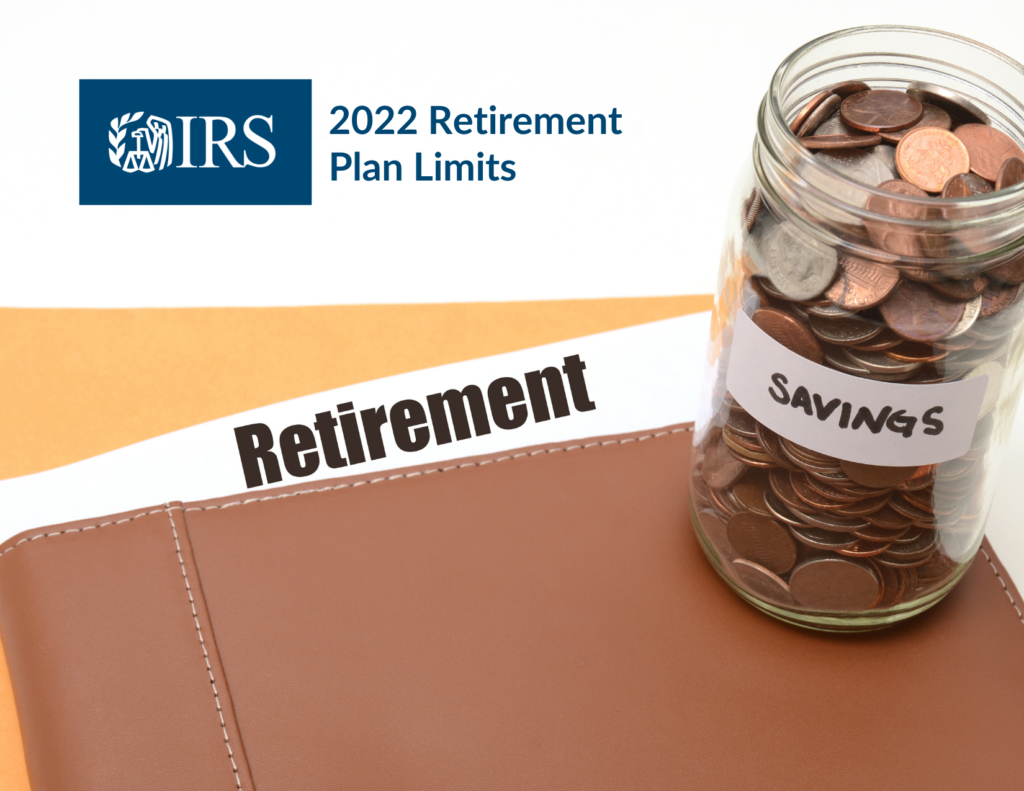If you offer a 401(k) plan — in any of its various flavors — to your employees, everyone should know the tax rules that govern them. Although the details can get very technical, you can learn the basics. To start with, many companies find that since a 401(k) plan is much prized by employees, it’s a good idea to not only offer one but also to match contributions. You even get encouragement to do so: Employer contributions are deductible on the employer’s federal income tax return. However, for tax-favored status, a plan must be operated in accordance with applicable rules. To qualify for the tax benefits, your plan must contain language that meets certain requirements of the tax law and be operated in accordance with the plan’s provisions. Employers make matching contributions based on employees’ elective deferrals. There are several types of 401(k) plans available to employers:
- Traditional 401(k): This allows eligible employees to make pretax elective deferrals through payroll deductions. Any employer contributions can be subject to a vesting schedule. The employer must perform annual tests, known as the Actual Deferral Percentage and the Actual Contribution Percentage tests, to verify that deferred wages and employer matching contributions do not discriminate in favor of highly compensated employees.
- Safe harbor 401(k): This must provide for employer contributions that are fully vested when made. The safe harbor 401(k) plan is not subject to the complex annual nondiscrimination tests that apply to traditional 401(k) plans.
- SIMPLE 401(k) plans: This was created so that small businesses could have an effective, cost-efficient way to offer retirement benefits to their employees. A SIMPLE 401(k) plan is not subject to the annual nondiscrimination tests, and the employer is required to make employer contributions that are fully vested.
A plan that allows for vesting may require completion of a specific number of years of service for vesting. For instance, a plan may require an employee to complete two years for a 20% vested interest in employer contributions and additional years of service for increases in the vested percentage. If a traditional plan is top-heavy — has significant participation from owners or officers — the employer may be required to make minimum contributions on behalf of certain employees. The rules relating to the determination of whether a plan is top-heavy are complex. A plan is considered top-heavy when 60% or more of the assets in the plan are owned by key employees:
- Anyone who owns 5% or more of the company sponsoring the plan.
- Anyone who owns 1% or more of the company sponsoring the plan and who also earns more than $150,000 annually from the company.
- Anyone who holds an officer position at the company sponsoring the plan and earns more than $185,000 from the company.
These limits may be adjusted from year to year. If you own more than one business, these rules apply to anyone who has an ownership stake in any of the related companies. The point here is you don’t want most of the plan money at the top of the company belonging to the key company leaders instead of the rest of the employee base. This is also applicable to the family of owners, so that any owners’ spouses and other immediate family members will count as key employees if they participate in the plan. The IRS requires top-heavy tests to make sure that no plan disproportionately benefits the key employees of your company. If top-heavy, you can bring your plan back into balance by making contributions to all regular employees. You also could add a safe harbor to the plan, for instance, offering a 3% automatic contribution regardless of whether employees want to contribute. This ensures that the plan treats all employees equitably, and this will satisfy any contribution requirements of the IRS. You report elective deferrals on the participant’s W-2 Form. Though the amounts aren’t treated as current income for federal tax purposes, they are included as wages subject to Social Security or FICA, Medicare and federal unemployment taxes. This is just a summary of a complex series of rules. Be sure to work closely with qualified professionals to make sure you are in full compliance at all times.
If you need assistance or have any questions on the information in this article, please call your CironeFriedberg professional. You can reach us by phone at (203) 798-2721 (Bethel), (203) 366-5876 (Shelton), or (203) 359-1100 (Stamford) or email us at info@cironefriedberg.com.








